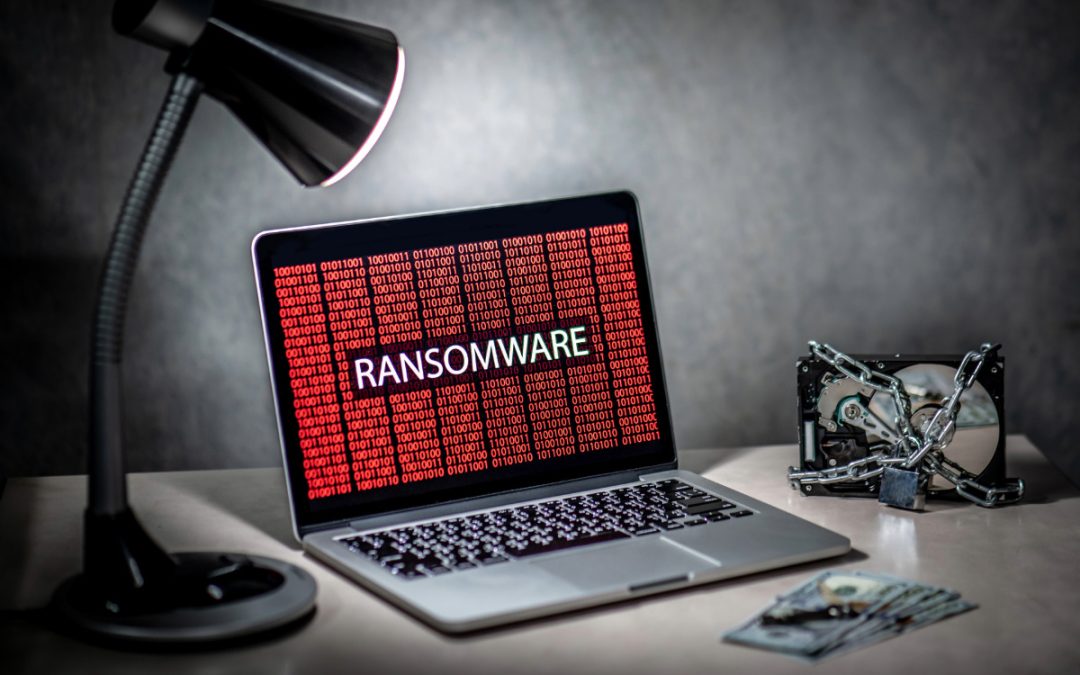Data breaches and cyberattacks are becoming too familiar, with over 22 billion records stolen in 2021 alone. Old security methods are no longer effective, and businesses that cut corners are attractive targets for hackers. That’s where multi-factor authentication (MFA) has come in. It’s designed to add additional layers of authentication that attackers can’t easily steal. Even if a username and password is taken, hackers won’t be able to access the account because the other layers will still be secure.
Navigating the realm of authentication doesn’t have to be complicated. During an interview with our engineering team, we explored the significance of MFA in boosting security for user accounts and data. This article aims to condense the key insights from the interview. We’ll highlight what MFA is, the risks of relying on passwords, the advantages of MFA, and how it’s best implemented.
Table of Contents
How Many Types of MFA Factors Are There?
The Risks of Password-Based Authentication
5 Key Advantages of MFA
Core Accounts and Unique Passwords
The Role of 1Password and Backups with MFA
Considerations for Enterprises
Potential MFA Challenges and Solutions
Insurance Requirements and Technical Reports
Integrate Effective MFA Solutions With ITonDemand
What Is Multi-Factor Authentication (MFA)?
Multi-factor authentication (MFA) is a method of security that requires multiple factors to access an account. For example, someone might enter their login credentials, then next be prompted for a code they receive through a text to their phone. By requiring more than one step, even if a device is stolen or hacked, they won’t have access to all the factors.
What Types of MFA Factors Are There?
There are five types of factors that are used with authentication.
Knowledge
The knowledge factor is the most common authentication type. A username and password fall under this category. Security questions also count as a factor, and they’re most often used to help recover an account if someone forgets their login credentials.
Possession
This authentication type is based on objects a person can carry. Time-limited passcodes can be sent via text to a mobile phone. That means even if someone steals user information, they won’t be able to access the account without the physical device. Even one extra factor can prevent 99.9% of attacks using stolen login details.
Inherence
The inherence factor, sometimes known as biometrics, uses a person’s physical traits as a security measure. Thumbprint scans are popular due to their ease of use, so some people use them as a single factor for logging into a device. However, it’s only effective for account security when combined with at least one other method.
Location
IT security teams can set up business accounts so they’re only accessible from a limited number of locations. That can come as a pre-authorized IP address or connecting to a specific Wi-Fi network. Anyone who doesn’t meet the location conditions cannot access the account. While this can be effective, it’s not always feasible with remote workers.
Behavior
The behavior factor is a hands-off authentication type that tracks user behavior. If someone is taking actions that are too far out of the ordinary, the system will flag it as suspicious. From there, the system may prompt the user to authorize the session, or they may be denied access until it can be reviewed manually by a security specialist.
The Risks of Password-Based Authentication
While passwords can be a good front line of defense, especially when using a strong password, there are a number of risks when it’s the only form of security.
Increased Vulnerability to Password Breaches
Relying solely on passwords leaves user accounts more vulnerable. According to the 2017 Verizon Data Breach Investigations Report, 81% of hacking-related breaches resulted from compromised or weak passwords. That shows the ongoing risk associated with password-based authentication.
Heightened Phishing and Credential Theft
Phishing attacks continue to be a major threat. Cybercriminals use many techniques to trick users into revealing their login credentials. The Anti-Phishing Working Group (APWG) reported a staggering 938,000 phishing attacks in Q1 2021 alone. By not implementing MFA, individuals and organizations are at increased risk.
Account Takeovers and Unauthorized Access
The absence of MFA opens the door to account takeovers, where attackers gain unauthorized access to accounts. ITRC’s 2021 Annual Data Breach Report revealed that account takeovers increased by 68% compared to 2020. That underscores the growing prevalence of this security threat.
5 Key Advantages of MFA
Due to the risks with password-based authentication, the engineering team highlighted several key benefits of implementing MFA:
1. Heightened Security
MFA reduces the risk of unauthorized access by requiring two or more authentication factors. That makes it more challenging for attackers to breach accounts.
2. Protection against Phishing and Credential Theft
It adds an extra layer of defense against phishing attacks and password breaches, even if login credentials are compromised.
3. Scalability and Adaptability
Factors can be implemented across most platforms and devices. That flexibility allows security solutions to be tailored to diverse user requirements.
4. Regulatory Compliance
MFA aligns with industry regulations and data protection laws, ensuring organizations meet security standards and remain compliant.
5. User-Friendly Experience
Advances in technology have made it easier to use. Features like push notifications and biometric authentication enhance the overall user experience.
Core Accounts and Unique Passwords
To strike a balance between security and convenience, core accounts were introduced. While unique passwords are ideal, choosing specific accounts to act as core accounts is practical. That can include Google, Apple, and 1Password. For ease of use, these can share the same password. Non-core accounts benefit from separate, randomly generated passwords managed by a password manager.
The Role of 1Password and Backups with MFA
Password managers like 1Password can generate and manage login credentials. If access to it is lost, using the same password for core accounts ensures continued access to essential services. Using backup features like Microsoft’s authenticator app can also add an extra layer of security while making it easier to get back into the account. While adding additional steps like this can seem like a hassle, data breaches have forced many small businesses to shut down.
Considerations for Enterprises
For enterprises, our engineers touched upon MFA through Duo or the Microsoft Authenticator app. Safeguarding physical devices like computers is critical as they store vital account information. Even if the physical device is stolen, they won’t have access to the accounts without another factor, which buys the security team more time. Organizations can cut the risk of unauthorized access by deploying MFA directly on devices.
Potential MFA Challenges and Solutions
Some challenges are still associated with MFA, including user adoption and the need for backups in case of lost devices. Cybersecurity education also plays a vital role in promoting MFA adoption. Part of that includes emphasizing the importance of enabling notifications to detect and prevent unauthorized access attempts. Security tokens, such as YubiKey, are an alternative to smartphone-based authentication.
Insurance Requirements and Technical Reports
Cybersecurity insurance providers may have MFA usage requirements. That may include technical reporting, along with requiring specific factor usage. While approaches may vary, demonstrating safe authentication practices, particularly for core accounts, can help meet these requirements. We always recommend doing an IT security consultation to make the process go more smoothly. They are the best way to discuss company policies, reporting systems, and insurance requirements.
Integrate Effective MFA Solutions With ITonDemand
Multi-Factor Authentication (MFA) is critical in fortifying security measures and protecting user accounts and data. By incorporating additional factors beyond passwords, MFA offers enhanced security, regulatory compliance, and a user-friendly experience. Understanding the risks associated with password-based authentication and the importance of MFA is vital for protecting sensitive information.
With support from ITonDemand, your business can leverage MFA safely and effectively. We provide customized MFA solutions to match the unique circumstances of your business. Whether you have a hybrid remote work environment or your staff is in one office location daily, we’ll help you maximize your security in a way that’s easy to use. For an IT consultation to discover the best solution for you, use our contact form or call us.




